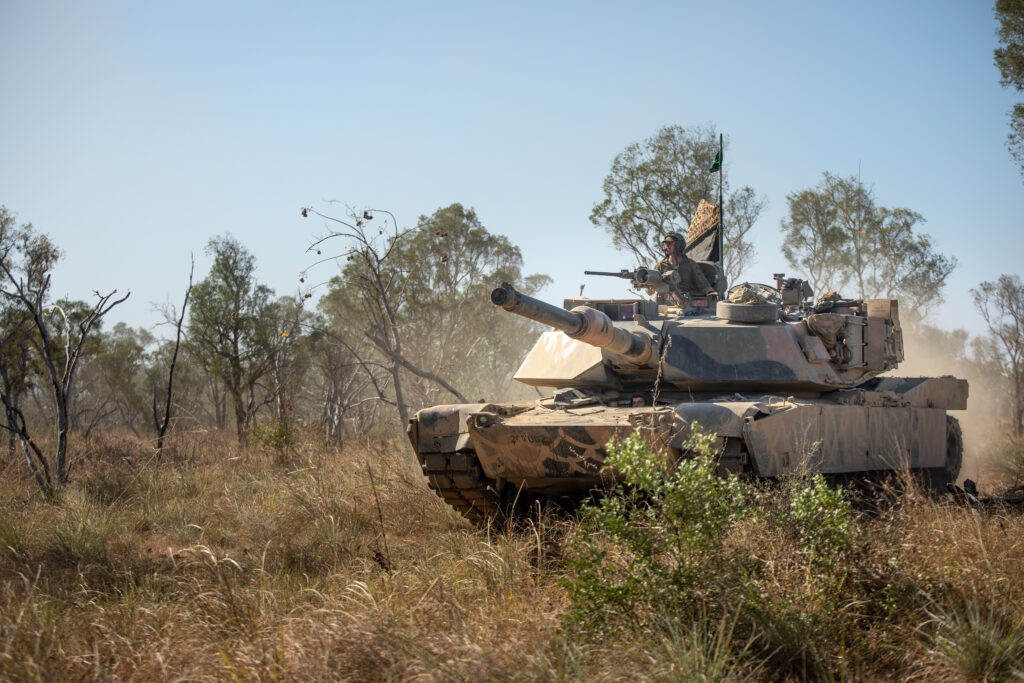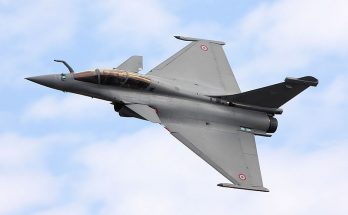A snapshot of recent news from sources around the world on the ongoing Russia-Ukraine war.
 Source: U.S. Marine Corps
Source: U.S. Marine CorpsPolitical Developments
The Verkhovna Rada passed a law targeting the independence of two anti-corruption institutions this week, stirring a domestic backlash and criticism from Kyiv’s European partners. Ukrainians took to the streets of the capital to protest the law, in defiance of the country’s martial law that prohibits mass gatherings.
President Volodymyr Zelensky signed the bill on Monday night. Under the new legislation, anti-corruption agencies NABU and SAPO will come under the direction of the president-appointed Prosecutor General. In wake of the protests, however, President Zelensky in his Wednesday address urged the Rada to adopt a new law that would ‘guarantee’ the independence of the anti-corruption bodies.
The fallout over the corruption legislation comes at a tense moment for Ukraine’s political relations with the E.U. as Kyiv seeks membership in the bloc. Ukraine has also worked to patch up relations with Washington after a rocky first half of the year, and has only this month appeared to secure a new commitment from the Trump administration to keep military assistance flowing. Kyiv is moreover likely to return to the International Monetary Fund with a request for more financial assistance, new Prime Minister Yuliia Svyrydenko said this week.
The Ukrainian government will send a delegation for another round of negotiations with Russia, hosted in Istanbul. Ukraine’s delegation will be led by Rustem Umerov, formerly the country’s defense minister. Previous talks earlier this year failed to produce any meaningful developments, outside of small-scale prisoner exchanges, and Moscow has maintained its demands that Ukraine demilitarize as part of any peace agreement.
Kremlin spokesman Dmitry Peskov poured cold water on the negotiations ahead of the meeting in Istanbul, stating, “We have no reason to expect any magical breakthroughs.”
Moscow criticized a new bilateral defense agreement signed by Germany and the United Kingdom, the first such agreement reached since the end of World War II. Under the agreement, the two countries promised to aid each other in the event one of them is attacked. The agreement comes at a time when Russia has warned it might strike targets in Europe if long-range weapons are donated to Ukraine. Chancellor Friedrich Merz said Ukraine would receive additional support for long-range weapons.
Military Assistance to Ukraine
On Wednesday, the U.S. announced the approval of two sales to Ukraine worth a combined $322 million, one for sustainment of the country’s MIM-23 HAWK air-defense systems and another covering support for the Bradley infantry fighting vehicle fleet.
Second-hand M1A1 Abrams tanks donated by Australia arrived in Ukraine last week. Australia said it would donate 49 tanks worth around $160 million. Most of the tanks have been delivered, and the remaining vehicle will be delivered “in the coming months,” according to Australia’s Department of Defense.
Building off of deepening ties between London and Berlin, the two countries announced a new deal this week to deliver more air-defense support for Ukraine. The German government will provide EUR170 million in funding for the U.K. to acquire air-defense ammunition, which could be ready “for delivery in the coming months.”
Patriot missiles being produced for Switzerland are being diverted to Ukraine. Switzerland ordered five systems in 2022, with deliveries originally scheduled to begin in 2026.
Germany will also deliver 220,000 rounds of 35mm ammunition for the Gepard anti-aircraft gun, which Ukraine’s forces have been using to counter incoming UAVs.
Battlefield Updates
Russian UAVs have begun penetrating Ukraine’s air-defenses in greater numbers, the Financial Times reported this week, citing data from the Ukrainian Air Force. At the start of the year, Ukraine was reporting that only around 5 percent of incoming drones made it to their targets. From April to June, however, around 15 percent of Russian UAVs were able to make it through Ukrainian defenses.
Russian attacks have frequently involved hundreds of UAVs operating in concert with missiles. German Major General Christian Freuding, who heads the Ministry of Defense’s Planning and Command Office, said in a recent interview that Russia seeks the capacity to deploy 2,000 drones in an attack simultaneously.
A Ukrainian Mirage 2000 fighter jet crashed, President Volodymyr Zelensky announced this week, resulting in the first loss of the type since France delivered the jets to the Ukrainian Air Force.
Russia is significantly ramping up production of Shahed-type drones, with the goal of being able to launch up to 2,000 drones in a single strike, according to German Maj. Gen. Christian Freuding. The drones, based on Iranian models, have improved in quality and resistance to electronic warfare, and Russia has increased the frequency of drone strikes from every 10–12 days to every 3–4 days. Current production is estimated at 170 drones per day, and the 2,000-drone strike capacity could be reached by November if trends continue. Freuding emphasized the need for more cost-effective Ukrainian defenses, as current methods are increasingly ineffective against Russia’s evolving tactics.
For 50 years, Forecast International intelligence reports have been the aerospace and defense industry standard for accurate research, analysis, and projections. Our experienced analysts compile, evaluate, and present accurate data for decision makers. FI's market research reports offer concise analysis of individual programs and identify market opportunities. Each report includes a program overview, detailed statistics, recent developments and a competitive analysis, culminating in production forecasts spanning 10 or 15 years. Let our market intelligence reports be a key part of reducing uncertainties and mastering your specific market and its growth potential. Find out more at www.forecastinternational.com
image sources
- Combined anti-armor team red platoon conducts rehearsals for Exercise Koolendong: U.S. Marine Corps



